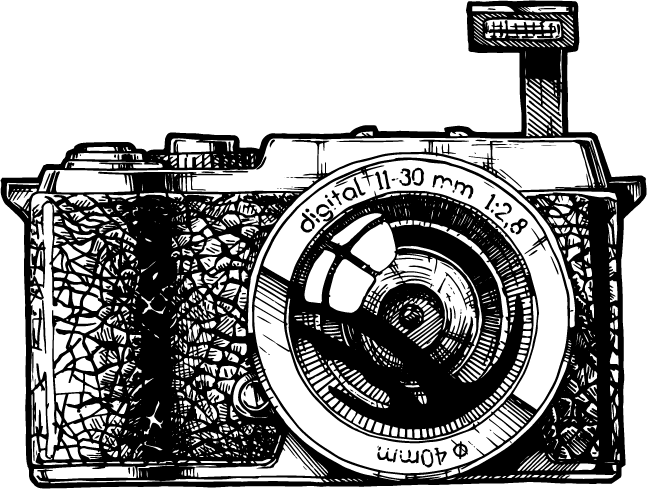Shigirir Ayele, a young guide who goes by the name of Shigo, strolls through the large field of dirt and patchy grass of the Key Afar market in Ethiopia’s lower Omo Valley. He wears dark jeans and a white jersey. He thinks he’s about twenty years old. (Shigo’s a member of the Banna tribe and they don’t recognize birthdays.) As he walks, he greets the vendors selling sorghum, coffee, and spices from cloth sacks, shiny gourds and small wooden carvings displayed on large squares of fabric. “You. You,” the vendors call, trying to get the attention of the American family trailing behind him. That’s me, my husband, and my two small children.
In a smaller, adjacent field, Shigo weaves between clumps of goats, sheep, and cattle available for sale or barter. The animals shuffle back and forth as far as their ropes allow and Shigo hoists my 5-year-old son, R., into his arms. A moment later, his prudence is justified when a young bull is stung by a bee and starts to buck and thrash its horns. We leave quickly, passing a group of young Banna men waiting under an acai tree. They wear brightly striped fabric to cover their slender hips. Bands of blue and red beads circle their arms, necks, and shaved heads. They are waiting for a ferenji to pay them to pose for a photo.
Ferenji is the term that Ethiopians use for “foreigners.” It is close to the word French in Amharic, the dominant language in Ethiopia, but to the people of Omo Valley, ferenji simply means “white people.” On this day, like most days, the white people in the market are holding cameras.
The Omo Valley is home to two hundred thousand or so indigenous people from a dozen different tribes. They have practiced an agro-pastoralist way of life, growing crops and raising livestock, for centuries. Each group has unique customs and ceremonies, styles of dress and hair, and ways of adorning their bodies. The Banna women dye their dreadlocked hair red with henna. The Karo people scar themselves and paint their faces and bodies with white chalk. The Mursi women are the most famous, among the tourist set at least, because of their lip plates. When they reach marrying age, a female relative slices their lower lip so it hangs separate from their chin. Using wooden plugs, they slowly stretch it out until it can hold a clay disk the size of a dessert plate, which they wear to serve meals to their husbands, during certain ceremonies, and when the tourists come to their village to take their pictures.
The going rate for a photograph is three or four...
You have reached your article limit
Sign up for a digital subscription and continue reading all new issues, plus our entire archives, for just $1.50/month.
Already a subscriber? Sign in





